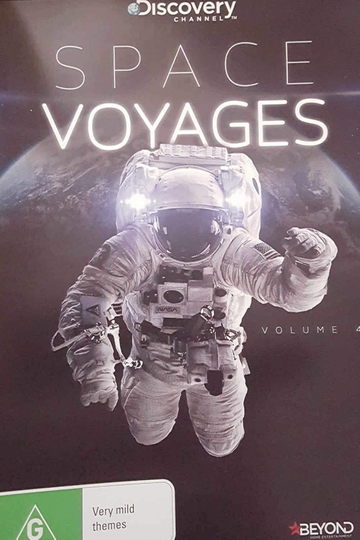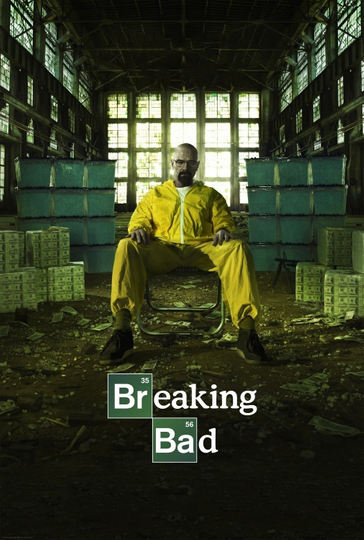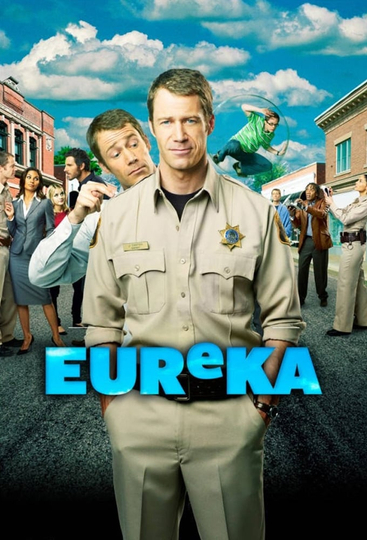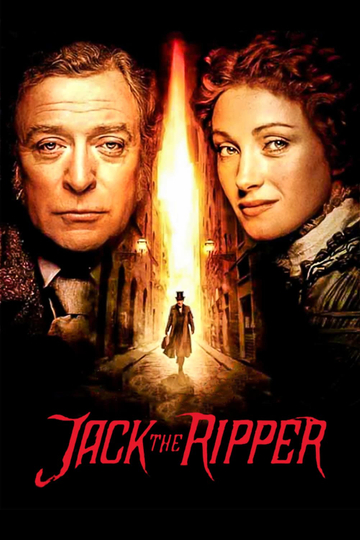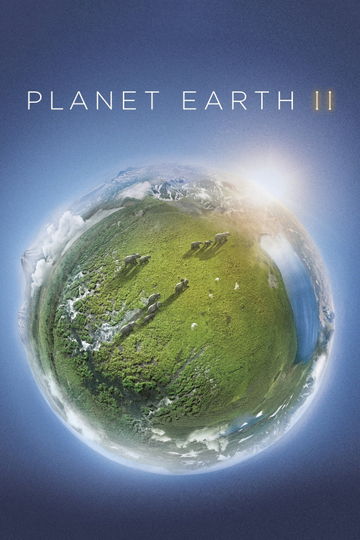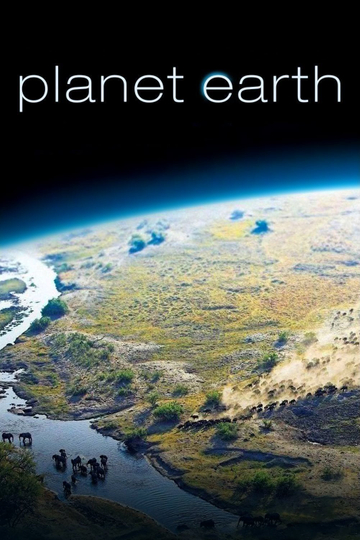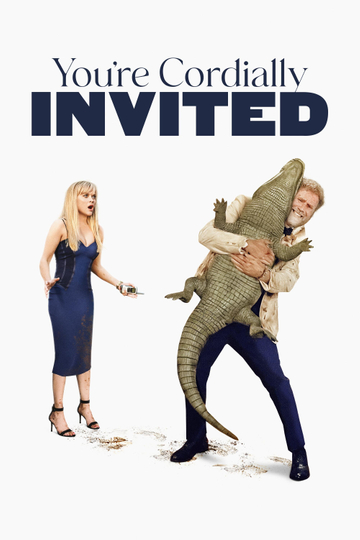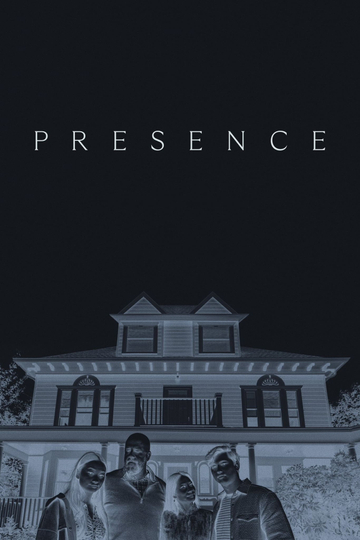Season 1 Episodes
1. Into the Unknown
Awe-inspiring science and breathtaking images from the cosmos are now delivered to Earth courtesy of Mars Science Laboratory's Curiosity rover and other spacecrafts. Virtually all of these cutting-edge technologies evolved from decades of risky trial and error by pioneering engineers and astronauts. Witness these early triumphs and tragedies, and discover how they're helping today's innovators leave orbit once again to unlock the mysteries of distant worlds.Source: The Smithsonian Channel
2. The Moon and Beyond
NASA is sizing up a new but familiar challenge: how to transport humans back into deep space - to the moon, to Mars, to asteroids, and beyond. New destinations require new hardware - more powerful rockets and radical new landing modules. Venture back to our early space adventures with Buzz Aldrin, Jim Lovell and NASA experts and learn about the successes and failures of the Apollo missions. Follow today's technicians as they reach for the stars by learning from these lessons of the past.Source: The Smithsonian Channel
3. Open for Business
Space is no longer just for governments. Little companies with big ideas are now reaching for the skies, making commercial human spaceflight a reality. Private businesses are investing big and aiming high, building their own rockets and orbiters, deploying commercial satellites to connect the globe, and preparing for space tourism. NASA's shuttle may have been grounded, but for corporations, the sky is no longer the limit.Source: The Smithsonian Channel
4. Surviving the Void
A mission to Mars may seem like the stuff of science fiction, but NASA is working to make it a reality. But one big question remains: can the human body withstand this 34-million-mile odyssey? See how modern science is preparing today's astronauts for our next adventures into the deadly void of outer space. The experiences of our first astronauts are helping engineers create new technology to overcome the biggest obstacle to long-term space travel: our human bodies.Source: The Smithsonian Channel










